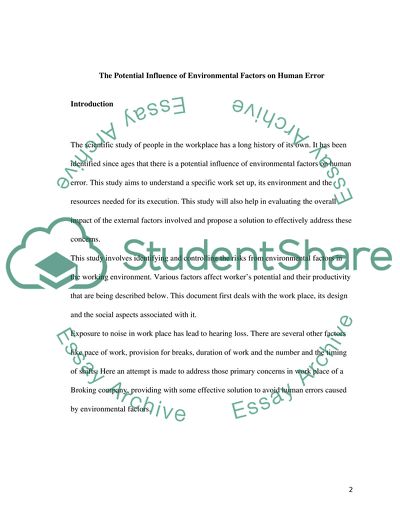Cite this document
(The Potential Influence of Environmental Factors on Human Error Dissertation, n.d.)
The Potential Influence of Environmental Factors on Human Error Dissertation. Retrieved from https://studentshare.org/environmental-studies/1751428-psychology-essay-the-potential-influence-of-environmental-factors-on-human-error
The Potential Influence of Environmental Factors on Human Error Dissertation. Retrieved from https://studentshare.org/environmental-studies/1751428-psychology-essay-the-potential-influence-of-environmental-factors-on-human-error
(The Potential Influence of Environmental Factors on Human Error Dissertation)
The Potential Influence of Environmental Factors on Human Error Dissertation. https://studentshare.org/environmental-studies/1751428-psychology-essay-the-potential-influence-of-environmental-factors-on-human-error.
The Potential Influence of Environmental Factors on Human Error Dissertation. https://studentshare.org/environmental-studies/1751428-psychology-essay-the-potential-influence-of-environmental-factors-on-human-error.
“The Potential Influence of Environmental Factors on Human Error Dissertation”, n.d. https://studentshare.org/environmental-studies/1751428-psychology-essay-the-potential-influence-of-environmental-factors-on-human-error.


